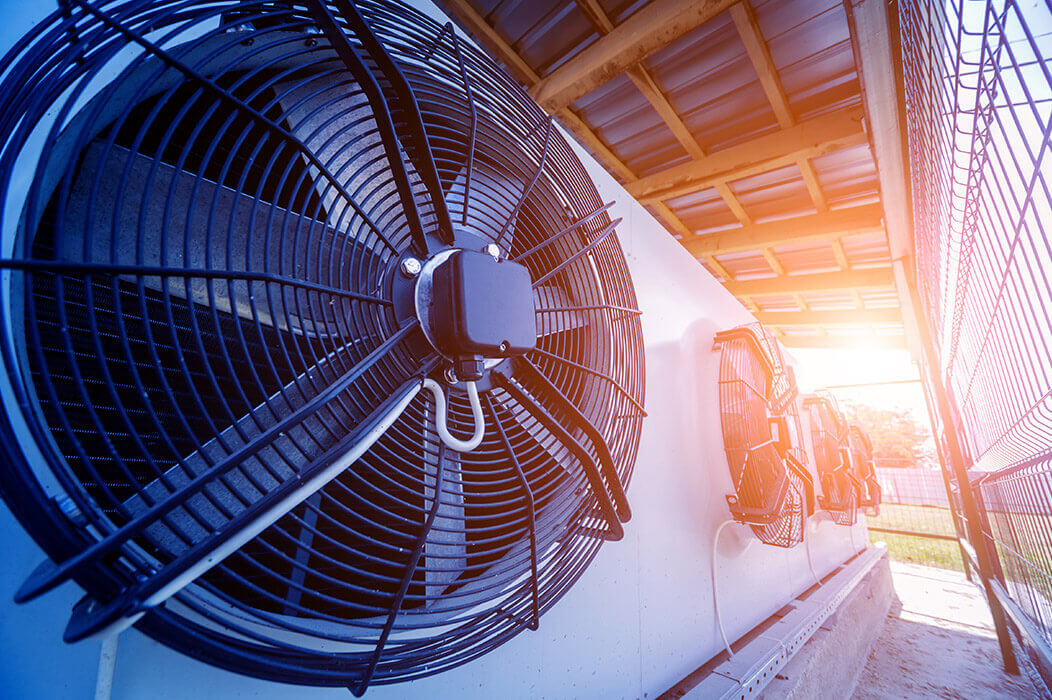The aircraft de-icing market covers products that prevent the formation of ice on aircraft surfaces before take-off and during flight. Icing conditions threaten flight safety and delay operations by disrupting airflow over wings and reducing lift. De-icing fluids prevent accumulation of snow, frost and ice by modifying freezing points. Fluids are sprayed or brushed onto aircraft surfaces to break down adhesion of frozen precipitation. Other de-icing equipment includes trucks fitted with spraying devices and infrared de-icing systems to melt ice remotely. The growing air passenger traffic and stringent regulations to ensure flight safety year-round drive demand for such products.
The Global Aircraft De-icing Market is estimated to be valued at US$ 1.24 Bn in 2024 and is expected to exhibit a CAGR of 5.0% over the forecast period 2024 To 2031. Key players operating in the aircraft de-icing market are DowDuPont Contego, Aviation Solutions, JBT Corporation, Kilfrost, Textron Ground Support Equipment Inc., Lyondell Basell, BASF SE, CRYOTECH, and Vestergaard Company.
Key Takeaways
Key players: Key players DowDuPont Contego, Aviation Solutions, JBT Corporation are focusing on developing environment friendly de-icing fluids to reduce toxic emissions.
Growing demand: Increasing air traffic and requirements to adhere to global aviation safety standards are projected to propel Aircraft De-icing Market growth over the forecast period.
Global expansion: Leading companies are expanding globally by entering into long-term contracts with airport authorities to strengthen their market share in emerging nations.
Market Key Trends
Green technologies: One of the notable aircraft de-icing market trends is growing demand for alternative techniques like infrared and computer-controlled de-icing systems that cause negligible air pollution. Strict environmental regulations are driving shift towards eco-friendly solutions from current ethylene glycol-based fluids.
Porter’s Analysis
Threat of new entrants: High capital requirements and economies of scale pose barriers to new entrants.
Bargaining power of buyers: Large buyers such as airlines can exert pressure on prices.
Bargaining power of suppliers: Specialized equipment and chemical suppliers have some bargaining power.
Threat of new substitutes: No close substitutes exist currently for aircraft de-icing.
Competitive rivalry: Competition is high among the existing players to grab more market share.
North America accounts for the largest share of the aircraft de-icing market currently due to severe winters and a large number of flights. The US and Canada witness extensive snowfall resulting in the need for regular de-icing of aircraft. Airlines in the region have to devote more resources and manpower for de-icing activities. Europe is another major regional market led by countries such as Germany, UK, and Russia where ice prevention is critical. Stringent safety regulations regarding the removal of snow, ice and frost from aircraft prior to take-off have boosted market revenues.
The Asia Pacific region is expected to experience the fastest growth during the forecast period in the aircraft de-icing market. Low-cost carriers in India and Southeast Asia are driving air travel demand. Furthermore, China is aggressively expanding its aviation industry and infrastructure. The modernization of airports coupled with rising flight movements from developing nations will support the need for de-icing fluids and equipment in the Asia Pacific.


